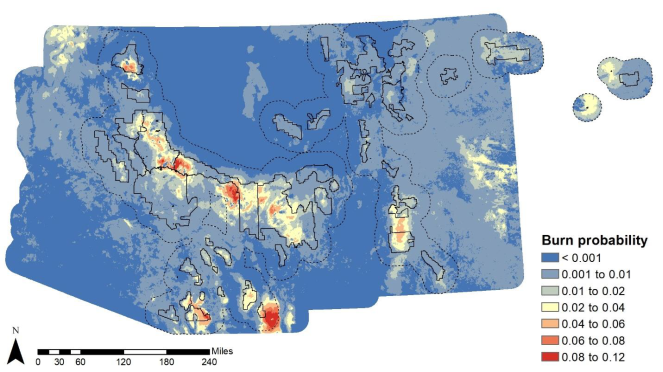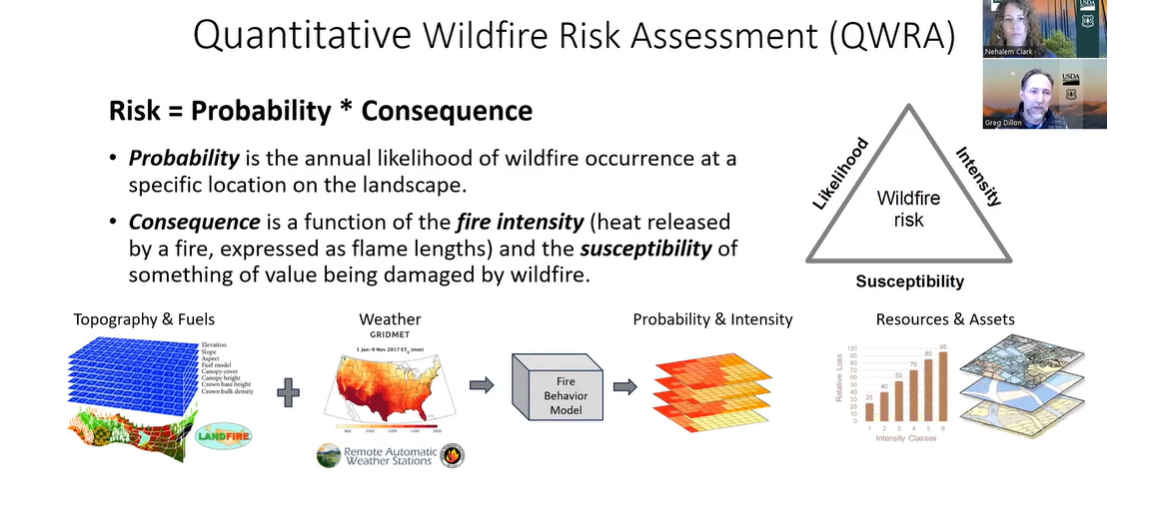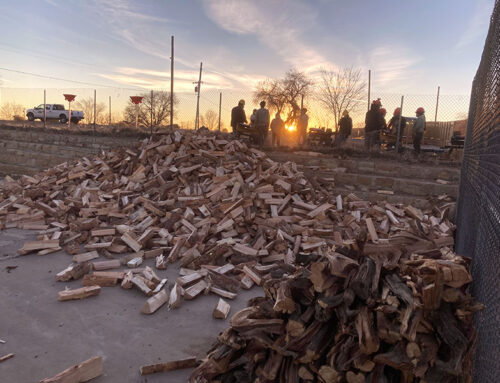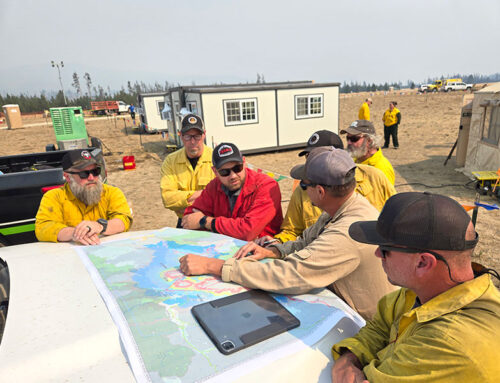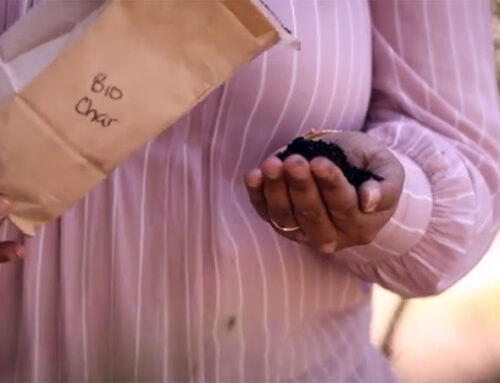ERI’s Science Delivery and Application staff are leading 4FRI Stakeholder Group members to support the 4FRI Treatment Prioritization and Optimization of the 4FRI landscape, which has 2.4 million acres of NEPA-cleared restoration work in implementation.
Our 4FRI Working Group, with the 4FRI Forest Service team and the R3 Fire Analyst, is informing a Wildfire Risk Assessment (4FRI QWRA) that incorporates values at risk long recognized by 4FRI stakeholders. Work to date includes reviewing national and regional prioritization work, updating past 4FRI values with current priorities, and cross walking the regional and forest values at risk to 4FRI stakeholder values.
A desired outcome is to broaden stakeholders’ understanding of this technical product and effectively communicate the ‘why here, why now’ for forest restoration treatments. A series of small working group meetings will culminate in early spring 2025, with a broader 4FRI SHG workshop on this prioritization effort.
It is well understood that the extent and intensity of wildfires in our region continues to increase at a pace and scale that is unmatched by current forest restoration treatments.
Challenges with 4FRI restoration plan implementation at large scales necessitate a prioritization and sequencing of areas within the 4FRI landscape to optimize efforts that meaningfully reduce overall risk of catastrophic wildfire and improve forest health. Such an optimization effort must also complement other forest and watershed treatment priority work, reflect best-available science, and be informed in a timely manner by the 4FRI SHG and its formal collaboration with the Forest Service.

